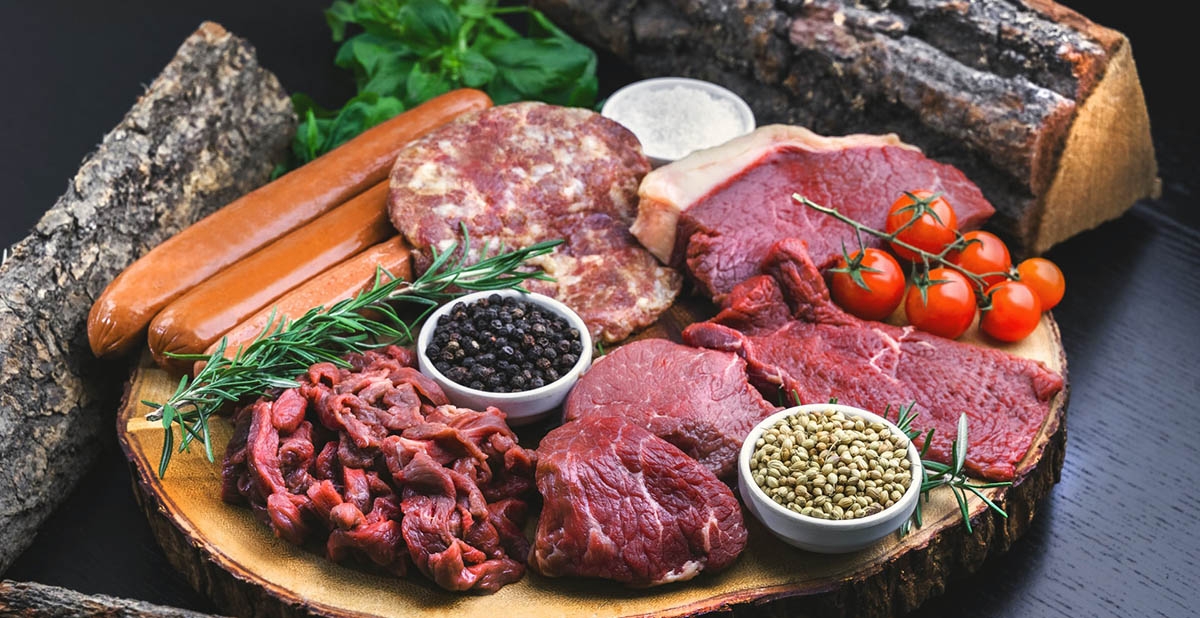
How to keep raw meat safe in the kitchen
Malevolent bacteria and other dangerous microorganisms can linger or fester in many animal products. As such, raw meat must be handled and stored properly for everyone’s health and well-being. Various steps will need to be taken to properly preserve raw meat in order to maintain its flavour.
Storage methods must be optimal, and safe cooking processes must also be followed without exception. By following a few simple procedures, the quality of your kitchen products will remain intact.
Here, we will focus on how you can keep raw meat safe in your kitchen.
What to Look for When Purchasing Raw Meat
When you head to your local market or grocery store to buy your meat products, there are a few things you should pay careful attention to. If you want to ensure that the meat is safe to consume, you should analyze its colour.
Red meat should be dark. Red, purple, and brown colours are safe. Pork should be light pink, while game meat should appear dark brown to the naked eye.
As for fresh poultry, its colour will depend on the diet of the animal. As such, a range of yellow to blueish-white should be safe.
As for the smell, meat should not smell pungent. If it smells rotten or sour, avoid it. The grain of the fibres will help you determine if the meat is tender or tough. Take a close look at your red meat to see its fibres.
If the grains are coarse and easily visible, it indicates that the meat is robust in flavour and very tough. As for beef tenderloin, you may notice that it doesn't have many, or any, visible grains: This means that the meat will be tender once it is fully cooked.
In regards to texture, beef meat should be dry, dense, and quite firm. Poor quality meat will look like it will fall apart in a few moments. Poultry should also be firm and dry, and any meat that is sticky or slimy should be avoided at all costs.
Also, you should take a look at the sell-by-date. Best before dates are an indicator of quality rather than safety. Once the best before date has passed, the quality of the meat will no longer be optimal, but it can still be consumed for a few more days.
If you are not planning on preparing your meat as soon as you get home, you should purchase meat with the latest sell-by-date: This will allow you to keep your meat in your freezer for a few extra days without worrying that it will go bad.
The use-by-date on your meat should also be inspected. It is paramount that you consume your meat before or on the use-by-date. If you finish the meat after the use-by-date has passed, you run the risk of becoming very ill due to expired meat.
What Spoils Raw Meat?
Mould growth, bacteria, and microorganisms can cause your raw meat to spoil. Also, pay close attention to the temperature at which meat is stored. Meat will begin to spoil at 4.44 degrees Celsius, or 40 degrees Fahrenheit.
The longer your meat is exposed to temperatures that exceed 40 degrees Fahrenheit, the faster your raw meat will spoil.
Physical damage to the meat can also cause it to spoil, so ensure that the meat was handled safely and properly and that there are no visible defects or other telltale signs that something is amiss.
Tips for Keeping Raw Meat Safe in the Kitchen
You must wrap your meat properly. Whether you use cellophane or lids, you need to ensure that the meat is covered properly to prevent leakage. Meat that is left exposed will increase the risk of cross-contamination.
Moreover, your kitchen should be kept clean using sanitation products.
Designate a separate area of your kitchen for meal preparation, and make sure that your meat is stored correctly in cold storage. The cooking temperature for poultry is 165 degrees Fahrenheit, 155 degrees Fahrenheit for red meat, and 145 degrees Fahrenheit for fish.
Your raw meat products should be stored in a separate area of your cold storage unit. Thawing it overnight in the freezer is strongly recommended.
Protect Yourself
Raw meats serve as a superconductor for mould, germs, and bacteria, causing the meat to degrade at an accelerated pace. Storing meat properly will reduce the risk of bacteria spreading, which will help prevent many foodborne diseases from developing.
In addition, you should always wash your hands with soap and water for at least 60 seconds before and after you have handled any raw meat products to be on the safe side.
Sources:
How to Safely Store Raw Meat in Your Restaurant's Kitchen – Metro
What Is the Number One Cause of Spoiled Meat? – Simply Healthy Family
10 Things to Look Out for When Buying Meat (And How to Buy the Best Quality) (cookist.com)
Photo: Eiliv-Sonas Aceron, Unsplash













